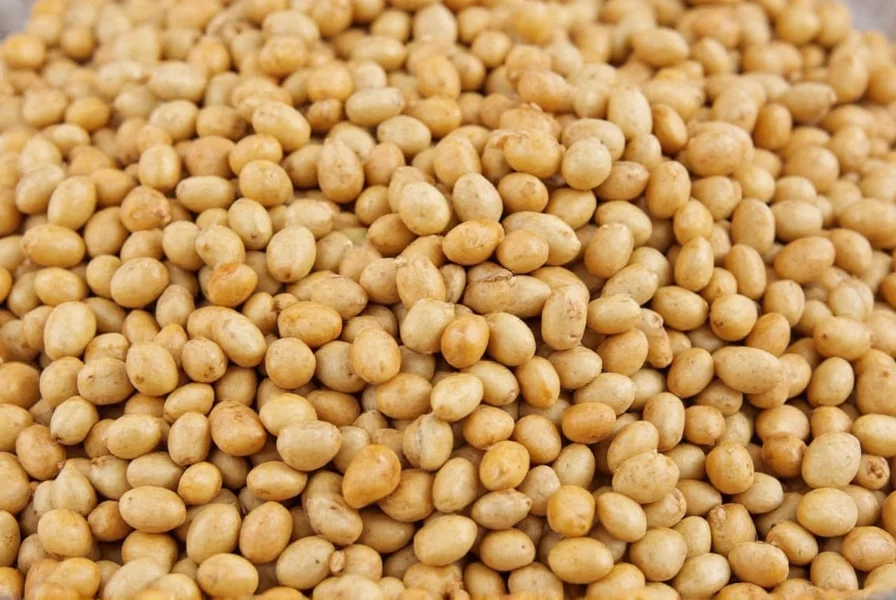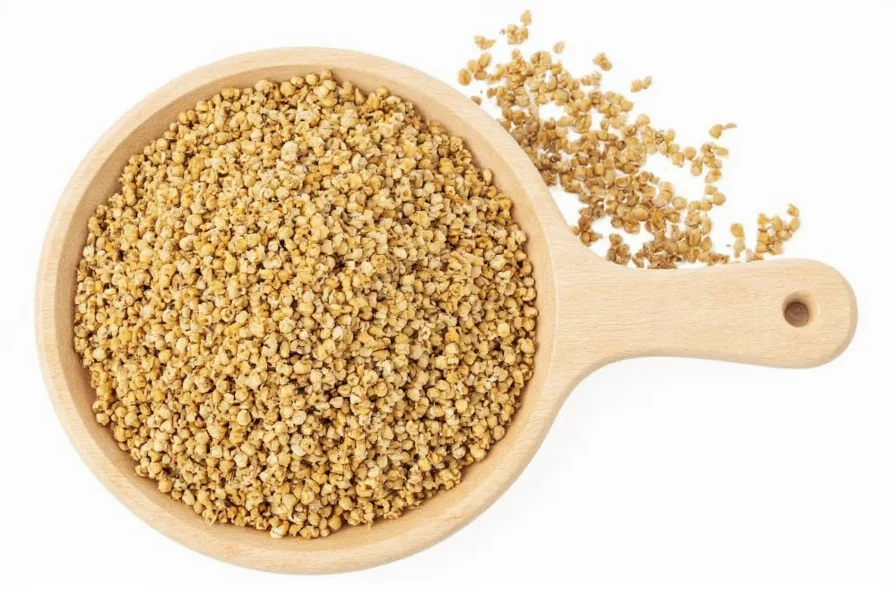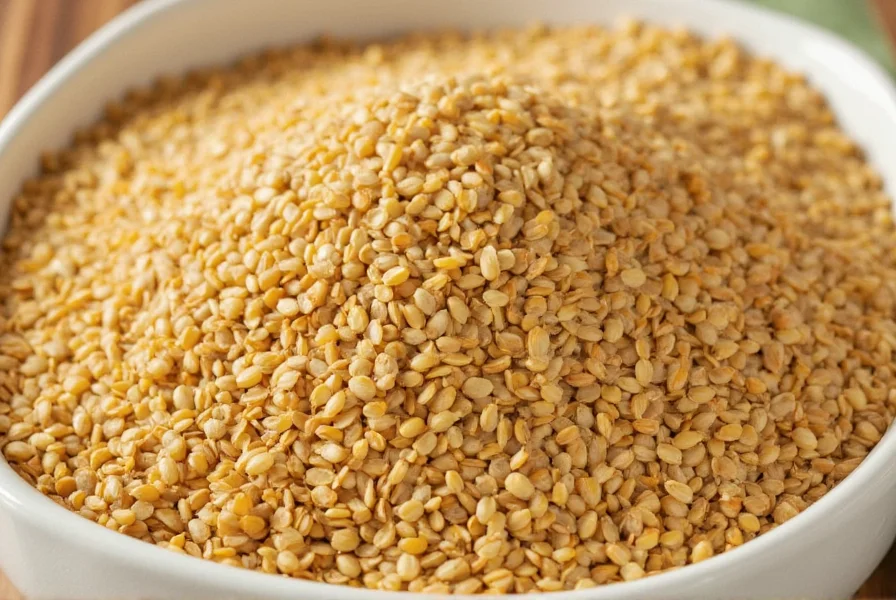Fenugreek, often misspelled as “fenugrec,” has been cultivated for over 4,000 years across Mediterranean, Indian, and North African regions. This leguminous plant produces small amber-colored seeds with a distinctive maple-like aroma and slightly bitter taste. Understanding what fenugreek is used for requires examining both historical applications and modern scientific validation.
Botanical Profile and Historical Significance
Fenugreek (Trigonella foenum-graecum) belongs to the Fabaceae family, sharing relations with peas and lentils. Ancient Egyptians used it for embalming and childbirth assistance, while traditional Ayurvedic and Chinese medicine incorporated it for digestive and metabolic support. The name “foenum-graecum” translates to “Greek hay,” reflecting its historical use as animal fodder.
Culinary Applications Worldwide
Chefs value fenugreek in multiple forms:
| Form | Culinary Use | Regional Specialty |
|---|---|---|
| Whole seeds | Dry roasted for spice blends | Indian curries, Ethiopian mitmita |
| Ground powder | Thickening agent | North African tagines |
| Fresh leaves | Salads and stir-fries | Indian methi paratha |
| Microgreens | Garnish with nutty flavor | Modern fusion cuisine |
When exploring how to use fenugreek seeds in cooking, remember that heat transforms their bitter notes into complex caramelized flavors. Professional chefs recommend dry-roasting seeds for 2-3 minutes before grinding to maximize aromatic compounds.
Evidence-Based Health Considerations
Research on fenugreek health benefits reveals promising but preliminary findings:
- Blood sugar management: Multiple studies, including a 2020 meta-analysis in Nutrition Reviews, indicate fenugreek may improve insulin sensitivity. Participants consuming 2-5g daily showed modest HbA1c reductions.
- Lactation support: The galactagogue effects for breastfeeding mothers appear statistically significant in clinical trials, though mechanisms remain under investigation.
- Cholesterol impact: Soluble fiber content may contribute to modest LDL reductions according to NIH-reviewed research.
It’s crucial to distinguish between traditional uses and scientifically validated effects. While fenugreek for diabetes management shows potential, it shouldn’t replace prescribed medications without medical supervision.

Safety Profile and Considerations
Fenugreek is generally recognized as safe (GRAS) by the FDA at culinary doses, but higher therapeutic amounts require caution:
- Potential side effects: Gastrointestinal discomfort, maple-syrup odor in sweat/urine (due to sotolone compound), and rare allergic reactions
- Medication interactions: May potentiate blood thinners and diabetes medications
- Contraindications: Not recommended during pregnancy due to potential uterine stimulation
The European Food Safety Authority notes that doses exceeding 100g daily may cause dizziness or headaches. Always consult healthcare providers before using fenugreek supplements, especially if managing chronic conditions.
Practical Usage Guidelines
For those exploring how to use fenugreek effectively:
- Culinary: Start with 1/4 teaspoon of ground seeds per dish to avoid bitterness
- Tea preparation: Steep 1 teaspoon seeds in 8oz boiling water for 10 minutes
- Supplement forms: Standardized extracts typically contain 50% furostanolic saponins
Quality varies significantly between products. Look for organically certified sources with third-party testing when purchasing fenugreek supplements for health purposes.

Current Research Directions
Scientists are investigating fenugreek’s potential in several emerging areas:
- Testosterone modulation in clinical trials with mixed results
- Wound healing properties through topical application studies
- Synergistic effects with other botanicals in metabolic health formulations
The National Center for Complementary and Integrative Health emphasizes that while preliminary findings are interesting, larger human trials are needed before definitive therapeutic recommendations can be made regarding fenugreek for specific medical conditions.
Conclusion
Fenugreek’s journey from ancient remedy to modern research subject demonstrates how traditional knowledge can inform contemporary science. Whether you’re exploring fenugreek for breastfeeding support, culinary experimentation, or general wellness, understanding both its historical context and current scientific evidence helps make informed decisions. Always prioritize quality sourcing and consult healthcare professionals when using fenugreek for therapeutic purposes rather than culinary applications.
Is fenugreek the same as methi?
Yes, methi is the Hindi and Urdu name for fenugreek. Both terms refer to Trigonella foenum-graecum. The leaves are called “fresh methi” while the seeds are “kasuri methi” in Indian cooking contexts.
Can fenugreek increase breast size?
No scientific evidence supports fenugreek for breast enlargement. This misconception may stem from its documented galactagogue effects for lactation support, which increase milk production but don't affect breast tissue size.
How quickly does fenugreek work for milk supply?
Many breastfeeding mothers report increased milk production within 24-72 hours of starting fenugreek supplements at recommended doses (3-6g daily), though individual responses vary significantly. Clinical studies show effects typically manifest within 1-2 weeks.
What’s the difference between fenugreek seeds and leaves?
Seeds contain higher concentrations of active compounds like diosgenin and 4-hydroxyisoleucine, making them preferred for therapeutic uses. Fresh or dried leaves (kasuri methi) have milder flavor and are primarily culinary ingredients with lower medicinal potency.
Does fenugreek interact with medications?
Yes, fenugreek may interact with blood thinners (like warfarin), diabetes medications, and sedatives due to its anticoagulant, hypoglycemic, and potential CNS effects. Always consult your physician before combining fenugreek supplements with prescription medications.











 浙公网安备
33010002000092号
浙公网安备
33010002000092号 浙B2-20120091-4
浙B2-20120091-4